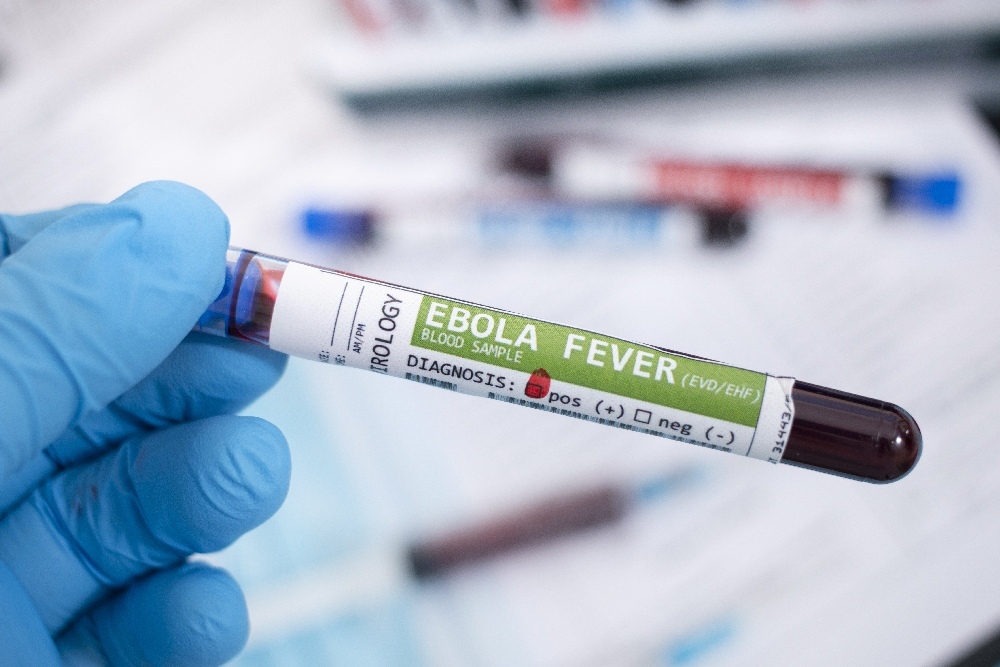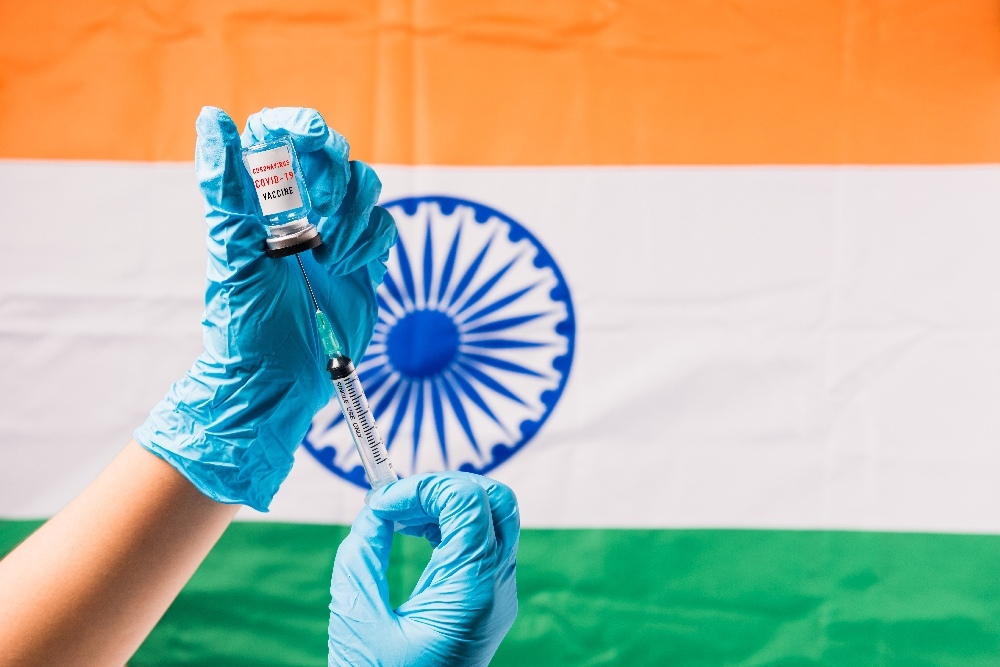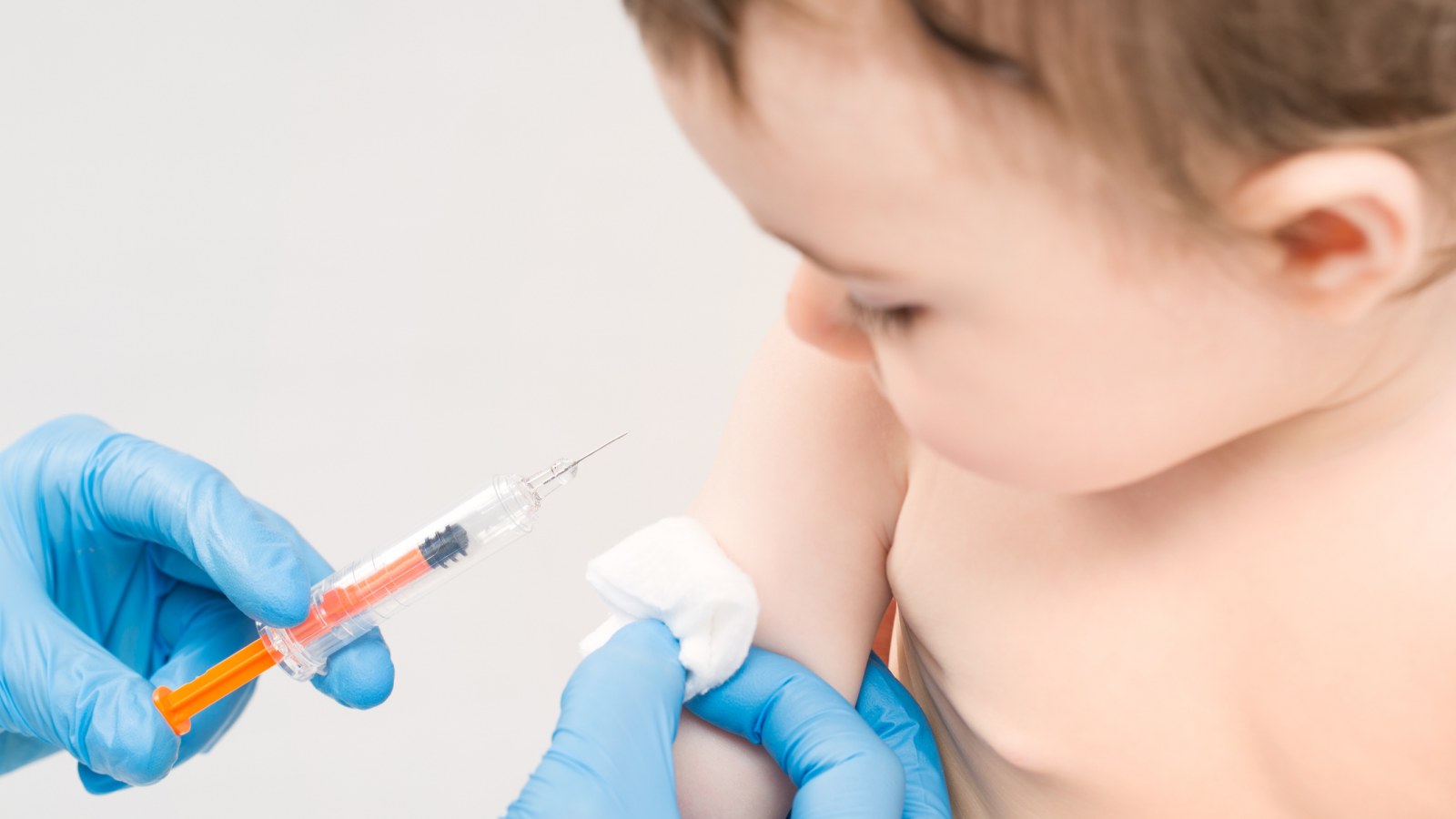We humans face a continuous onslaught from bacteria, viruses, fungi, and parasites. We’ve been tinkering with primitive forms of immunization such as inoculation with scab exudes for protection against smallpox for a long time. However, it was Edward Jenner who kickstarted the modern era of immunization for fighting viruses with his smallpox vaccination.
 By the dawn of the 1900s, there were two human virus vaccines against smallpox and rabies. And there were three bacterial infections: typhoid, cholera, and plague. Current vaccines are estimated to protect about 100 million children.
By the dawn of the 1900s, there were two human virus vaccines against smallpox and rabies. And there were three bacterial infections: typhoid, cholera, and plague. Current vaccines are estimated to protect about 100 million children.
Viral infections, whether it’s the annoying but usually benign common cold or deadly Ebola, have always been a thorn in our side. Unlike antibiotics for bacterial infections, it’s mainly vaccines that have enabled us for fighting viruses effectively. We’ve eradicated smallpox globally and confined the once-ubiquitous Poliovirus to just 3 countries. In fact, we’ve been so successful in keeping viral infections like measles and mumps at bay that entire generations raised free from these diseases are now living long and healthy enough to oppose vaccines!
Currently, we are challenged by new viruses like Zika, Ebola, and MERS emerging from the backwaters of the world to cause global outbreaks and bugs like the influenza virus (which causes flu). These are notorious for constantly evolving, rendering current flu vaccines obsolete almost annually. Add in the fact that deadly viruses like smallpox may be being resurrected for bioterrorism, it’s a constant race against time to be ahead of these pathogens. It also doesn’t help that developing vaccines is not an easy task; taking up to even 15 years to be available.
What’s New In Our Arsenal Against Viruses?
Below is a quick look at some of the recent developments in viral vaccines.
Ebola Virus
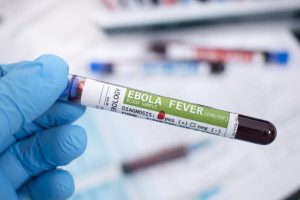
Vaccines are an effective tool in fighting viruses.
The Ebola virus received global attention due to the 2014-2016 outbreak in West Africa. This hemorrhagic fever which is severe with internal and external bleeding is often fatal if untreated. NIH’s National Institute of Allergy and Infectious Diseases (NIAID) teamed up with GlaxoSmithKline to co-create a vacci ne, cAd3-EBOZ. This was tested out in a large randomized, placebo-controlled clinical trial with 1500 people in Liberia. In 2017 it was shown that there were no major safety concerns, the vaccine can elicit immune responses by one month after initial vaccination and the protection lasts for at least one year.
ne, cAd3-EBOZ. This was tested out in a large randomized, placebo-controlled clinical trial with 1500 people in Liberia. In 2017 it was shown that there were no major safety concerns, the vaccine can elicit immune responses by one month after initial vaccination and the protection lasts for at least one year.
The rVSV-ZEBOV vaccine developed by the Public Health Agency of Canada and licensed to Merck, trialed in 2014-2015 during the Ebola outbreak, showed a higher antibody response (80%) after a year compared to cAd3-EBOZ(64%). This vaccine was recently greenlighted for use in the Democratic Republic of Congo for deployment in a recent outbreak. Hopefully, these vaccines can be further developed to keep Ebola at bay.
Zika Virus
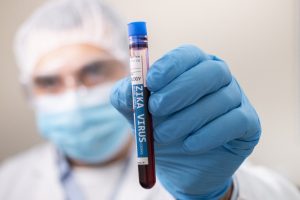
The Zika virus is a mosquito-borne virus that was first discovered over 70 years ago in Uganda. It was thrust into the spotlight in 2015 by Brazilian researchers. They reported that the Zika virus causes neurological problems. These could be Guillain-Barrè syndrome, a form of paralysis, and microcephaly (disproportionately small head) in infants.
While there are a few Zika vaccines in development a relatively new approach has been used to create a DNA vaccine by the NIAID. Most conventional vaccines use a part of the bacteria or viruses to induce an immune response. DNA vaccines are built by incorporating Zika genes in a circular piece of DNA called a plasmid. These genes after injecting into a body, produce the viral proteins (without causing an infection) to induce protective immunity.
The phase 1 clinical trials started in 2016, used two variations of the same plasmid but with different Zika genes: VRC5288 and VRC5283. The VRC5288 was administered with a needle and syringe and the VRC5283 was given by needle and syringe as well as a needle-free injector that pushes microjets of fluid through the skin into the arm muscle. As per results, both vaccines were safe and had good antibody responses after a month. Interestingly, the needle-free injections evoked the highest levels of protective antibodies.
A similar method has been employed to create the mRNA vaccines for Zika. These use modified mRNA that can produce immunogenic proteins of Zika. It’s delivered by encapsulating in a lipid nanoparticle. This vaccine, developed by Moderna Therapeutics, commenced clinical trials in December 2016.
A few other Zika vaccines that use the inactivated purified virus and the live attenuated virus are also undergoing clinical trials. This includes a vaccine that provides protection against both Zika and Dengue. And it’s currently undergoing a phase 3 clinical trial in Brazil. With all the research focusing on Zika, one can anticipate big results in terms of effective vaccines.
Dengue Virus
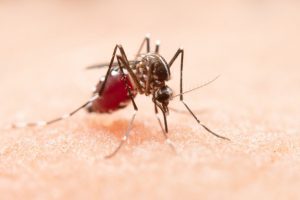
The Dengue virus, like Zika, is a mosquito-borne infection that can sometimes be severe and even fatal. This infection is prevalent mostly in the tropical and subtropical regions of the world. The much anticipated first Dengue vaccine; Dengvaxia, developed by Sanofi Pasteur got approval for use in a few countries in 2016.
After putting in 20 years of research and development and more than 1 billion USD into the making of this live-attenuated vaccine, it hit a speed bump. It was when the Philippines halted the vaccine due to safety concerns. That’s because it may be increasing the disease severity in vaccines, especially in children who have not previously contracted Dengue. The WHO has since put out a position paper offering a few caveats for the use of Dengvaxia including the use of Dengvaxia only when a certain geographical area has a high disease burden and only in populations with proven prior Dengue immunity of more than 50%.
These restrictions mean that Dengvaxia’s status as the first successful Dengue vaccine is dubious. The Takeda vaccine with its broad immune generation and better safety data in Phase 2 clinical trials seems to have the potential to give Sanofi a run for their money. This vaccine which is also a live-attenuated one importantly showed an immune response irrespective of previous immunity to Dengue. The progress has been so far so good. And we eagerly yet cautiously await the results of Phase 3 clinical trials, due in 2018.
Conclusion
In brief, vaccine regulation happens from development to licensure, to use by national regulatory authorities. The risks associated with vaccines are very low. This is in comparison with the risks of the viral diseases they could prevent.
 Dr. Dinuka Ariyaratne is a medical graduate from Faculty of Medical Sciences, University of Sri Jayewardenepura, Sri Lanka with a Masters degree in Cellular and Molecular Immunology from the IBMBB, University of Colombo, Sri Lanka. Her academic interests are in immunology, virology, and epidemiology. She has clinical experience in pediatrics, gynecology and obstetrics, nephrology and hematology and she is a former doctor at National Hospital of Sri Lanka.
Dr. Dinuka Ariyaratne is a medical graduate from Faculty of Medical Sciences, University of Sri Jayewardenepura, Sri Lanka with a Masters degree in Cellular and Molecular Immunology from the IBMBB, University of Colombo, Sri Lanka. Her academic interests are in immunology, virology, and epidemiology. She has clinical experience in pediatrics, gynecology and obstetrics, nephrology and hematology and she is a former doctor at National Hospital of Sri Lanka.

